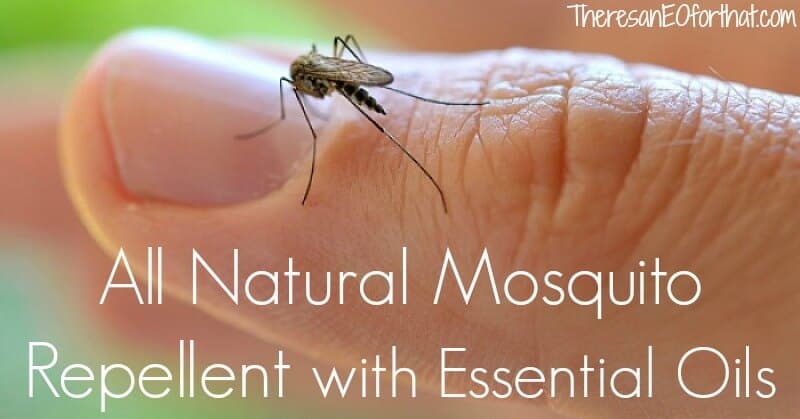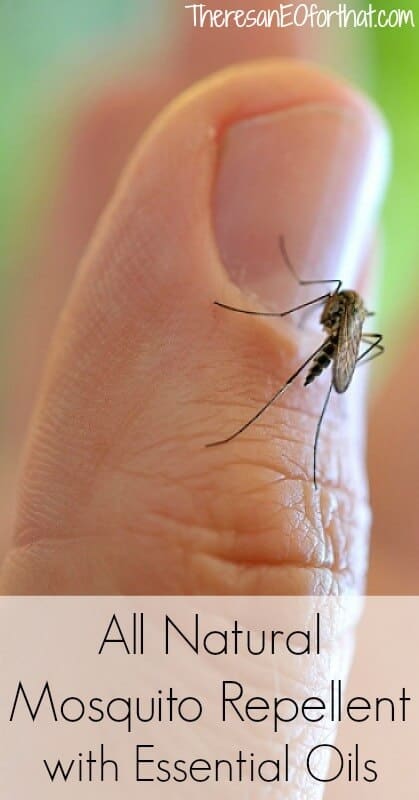I realize it’s the dead of winter in the northern hemisphere and thinking of mosquitos and other biting pests seems a ways off, but if you’re traveling to warmer climates then this post will be pretty handy.
Lately there has been a lot of coverage in the media concerning mosquito transferred diseases, and for good reason. In the past few weeks, the Zika virus has been a main topic for concern for those living in or travelling to what’s now 23 different countries in South and Central America and the Caribbean.
In case you’re not familiar with the Zika virus here’s what I’ve learned about it:
The Zika virus is a mosquito transferred infection related to yellow fever, dengue, and the West Nile virus. It was first discovered in the Zika forest of Uganda in 1947 and until recently, the virus seemed to be contained in Africa and parts of Asia. However, just last May (2015) it was discovered in Brazil infecting what is believed to be thousands of people.
While the Zika virus itself doesn’t cause much harm to the person bitten, it’s still unpleasant. Symptoms can include fever, rash, joint pain, and conjunctivitis which lasts up to 7 days. The tricky part about this virus is most healthy people will not feel any symptoms. Why is this bad? The Zika virus may go easy on the person who is bitten but the real danger is if the victim is a woman, specifically if she’s pregnant.
The worst “symptom” that is strongly believed to be related to the Zika virus is a terrible birth defect known as microcephaly; a condition that effects the size of a baby’s head that can cause brain damage, delayed learning development, and problems with hearing, vision, and speech. To learn more about the Zika virus and why women who are pregnant, might be pregnant, or those not using reliable forms of birth control while travelling to the effected countries should be cautious, look here, here, and here.
As of now (January 2017), it’s hard to say if the Zika virus is really the culprit for causing microcephaly. Despite there being a very high increase of the spread of Zika in Northeastern Brazil, rates of microcephaly have not increased.
Dr. Fatima Marinho, director of information and health analysis at Brazil’s ministry of health, told the journal Nature, “We suspect that something more than Zika virus is causing the high intensity and severity of cases.
How to Make All Natural Mosquito Repellent with Essential Oils
All that aside, please read my disclaimer below (for obvious reasons) before relying solely on any natural remedy discussed on this site or in this article. The Zika virus is not something to be taken lightly whether it causes microcephaly or not.
Now, on to the fun stuff! Are there natural ways to help repel mosquitos and other biting insects? Sure are!
According to Mercola.com, essential oils, particularly lemon eucalyptus essential oil, are incredibly effective at repelling mosquitos…even better than DEET when used as a 30% dilution. Cinnamon bark essential oil was found to be more effective than DEET at killing mosquitos, so this is a nice oil to use in spray formulas around the house or when you notice a cloud of mosquitos outside. Personally, I love the cinnamon spray when I find a mosquito in the house and have trouble smashing it. The spray does the trick and is so easy to use.
Cinnamon Bark Bug Killing Spray
It’s important to note that you should not use cinnamon bark essential oil as a spray near pregnant women, young children, or get it anywhere near your eyes and other mucus membranes.
To make a bug killing spray, simply add 40 drops of cinnamon bark essential oil to a 16oz spray bottle that’s filled with water. Shake it vigorously before each use. This oil is very strong so you don’t need much.
Topical All Natural Mosquito Repellent Recipe
This formula is great to use topically to repel mosquitos and other pests. Applying it evenly on dry skin (especially when using lemon eucalyptus) should help protect you for a few hours. This does not account for perspiration, exposure to water, or other factors that may wear off the repellent. As a rule, I would apply this formula every few hours to help ward yourself against mosquitos while in affected countries during traveling. Be sure to apply a patch test before using it on the whole body to help prevent any possible allergic reactions.
Here’s what you’ll need to make it:
• 60 drops (for a 10% dilution) of lemon eucalyptus, citronella, lemongrass, rosemary, tea tree, catnip, lavender, or peppermint essential oil (divide the amount of drops in half for a 5% dilution)
• 1oz of water, witch hazel, or carrier oil like sweet almond, fractionated coconut oil, or grapeseed oil
• 1oz glass dropper (for the carrier oil base) or a 1oz spray bottle (for the water or witch hazel base)
Loving Preparation- All Natural Mosquito Repellent
• Add the essential oil to a 1oz glass spray bottle
• Next add the water, witch hazel, or carrier oil
To use
If you used water or witch hazel as the base, you will need to shake the formula vigorously before each use in order to mix the EOs with the water evenly. Next you will want to spray the homemade repellent generously on all exposed areas, avoiding the eyes of course. I even spritz this on my hair for extra protection making sure to mist my ears as well.
If you’re using a carrier oil as a base all you will need to do is add the essential oils to the dropper bottle and then add your carrier oil of choice. Roll the bottle between your hands to mix thoroughly before use. This formula will last longer than the spray version as the carrier oil holds onto the scent of the essential oils. I like to put on the carrier oil version before dressing and going outdoors.
NOTE:
If you are pregnant I recommend using hydrosols as a natural mosquito repellent instead. The use of essential oils during pregnancy should be thoroughly researched before using them. Please read my article on the subject here.
[yumprint-recipe id=’12’]
Bug Repellent Gel Recipe
This is a really fun way to put on natural mosquito repellent (especially for small children) and is quick and simple to make.
Here’s what you’re going to need:
• 1oz aloe vera gel
• 40 drops synergistic blend of EOs (this is the adult strength) for repelling bugs like this one and this one
• A 1.25oz squeeze bottle
For children, use 20 drops of EO per 1oz of aloe vera gel.
Loving Preparation- Bug Repellent Gel
• Fill the squeeze bottle with the aloe vera gel and then add the essential oils
• Cap the lid and gently shake the contents to mix. Sometimes kneading the tube helps mix things together as well
To Use
Apply to exposed skin in an even layer before going outdoors to help repel mosquitos and other biting bugs. Reapply every couple of hours for best results.
[yumprint-recipe id=’13’]What has been your favorite all natural mosquito repellent?
Just getting started? Check out these article below:
How to Dilute Essential Oils
Can You Ingest Essential Oils?
Where to Start with Essential Oils
All-Natural Homemade Bug Spray Recipes That Work!
Crafting a Natural Bug Repellent with Essential Oils
 This post contains affiliate links. We are a participant in the Amazon Services LLC Associates Program, an affiliate advertising program designed to provide a means for us to earn fees by linking to Amazon.com and affiliated sites. Please read my full disclosure and disclaimer.
This post contains affiliate links. We are a participant in the Amazon Services LLC Associates Program, an affiliate advertising program designed to provide a means for us to earn fees by linking to Amazon.com and affiliated sites. Please read my full disclosure and disclaimer. 


Hi Tash, can I use a roller bottle for the carrier oil based Topical All Natural Mosquito Repellent Recipe?
Essential Oils really are great to use as mosquito repellents! Thank you for the insightful information and recipe!
Glad you found it helpful Sam! 🙂
Is it 60 drops of each of those oils listed or 60 total? I just want to make sure I don’t add too much! Thanks!
Hi Lindy!
Yes! You would use 60 drops of essential oil in 1oz of water if you want to make a repellent with a 10% dilution. Use less drops of EO for higher dilution 🙂
I am so great full for this artical …I am highly allergic to mosquitos . I have sjogernes and cannot use benedrill because of sever dry mouth.
Thank you for the formulas .
You are very welcome Bonnie! <3